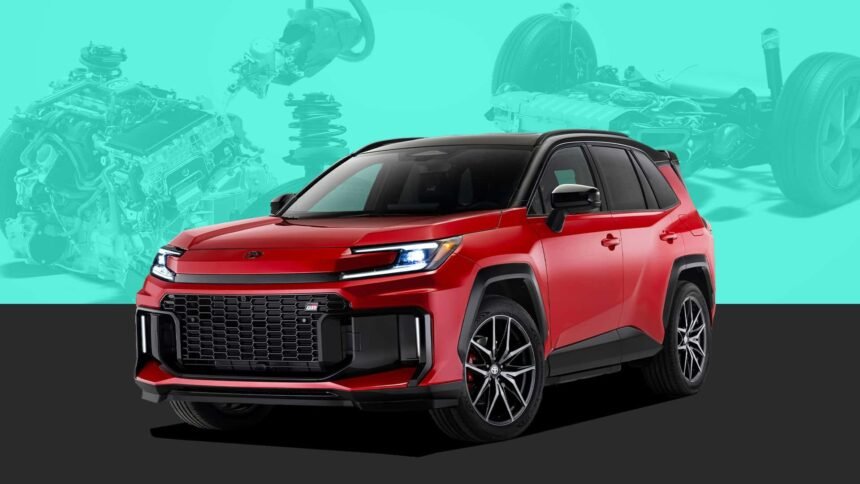Toyota’s Hybrid System (THS) is a groundbreaking piece of engineering that often goes underappreciated. With nearly two decades of existence, THS is a sophisticated system that showcases Toyota’s commitment to innovation. Understanding how THS operates is crucial in fully grasping its brilliance, especially with Toyota’s decision to make hybrid systems standard across the new RAV4 range.
The core of THS lies in its unique approach to power distribution. Instead of a traditional transmission, THS utilizes two electric motor-generators connected to a planetary gearset, replacing the conventional transmission setup. A planetary gearset comprises a sun gear at the center, planet gears orbiting the sun, and a ring gear surrounding the planets. Toyota’s design incorporates a separate planet carrier to link all the planet gears, enhancing efficiency and performance.
Motor-Generator 1 (MG1) serves as the smaller of the two electric motor-generators, directly linked to the engine and the sun gear of the planetary gearset. MG1 functions as a starter for the engine and works in tandem with the engine as a generator to charge the battery. On the other hand, Motor-Generator 2 (MG2) is larger and connected to the ring gear of the planetary gearset, which is further linked to the differential. MG2 primarily drives the wheels independently, but it can also work in conjunction with the engine/MG1 to drive the wheels, giving the system its “series-parallel” classification.
Despite its complexity in operation, the hardware of THS remains relatively simple. An engine optimized for efficient RPMs, electric motors, and a few gears make up the system. In contrast, a traditional automatic transmission may contain multiple planetary gearsets. Additionally, for all-wheel drive capability, Toyota integrates a small electric motor that operates independently at the rear, enhancing traction and performance.
The simplicity of THS contributes significantly to its reliability and cost-effectiveness. With fewer components, there are fewer points of potential failure, aligning with Toyota’s reputation for producing durable and dependable vehicles. The transition from Nickel-Metal Hydride to lithium-ion batteries further underscores Toyota’s commitment to modernizing THS while reducing environmental impact.
The efficiency and environmental benefits of THS are evident in the performance metrics of the 2025 RAV4 hybrid compared to its gas-only counterpart. The hybrid variant offers a significant increase in fuel economy, from 29 to 39 MPG overall, and a substantial reduction in CO2 emissions, from 320 to 224 grams per mile. These improvements, when scaled across the vast number of hybrid RAV4s Toyota sells annually, highlight the positive impact of hybrid technology on the environment.
Toyota’s bold decision to prioritize hybrid systems in popular models like the Camry and RAV4 underscores the effectiveness and reliability of THS. The seamless integration of THS into everyday driving experiences, requiring no change in driving style or habits, makes hybrid vehicles an attractive and practical choice for consumers.
While Toyota is not the only automaker offering hybrid systems, its pioneering role and continued dedication to hybrid technology set it apart. The success of THS in enhancing performance, efficiency, and sustainability makes opting for a hybrid model a clear choice for consumers seeking a superior driving experience. Toyota’s commitment to hybrid technology reflects a shift towards a more sustainable automotive future, setting a new standard for the industry.







